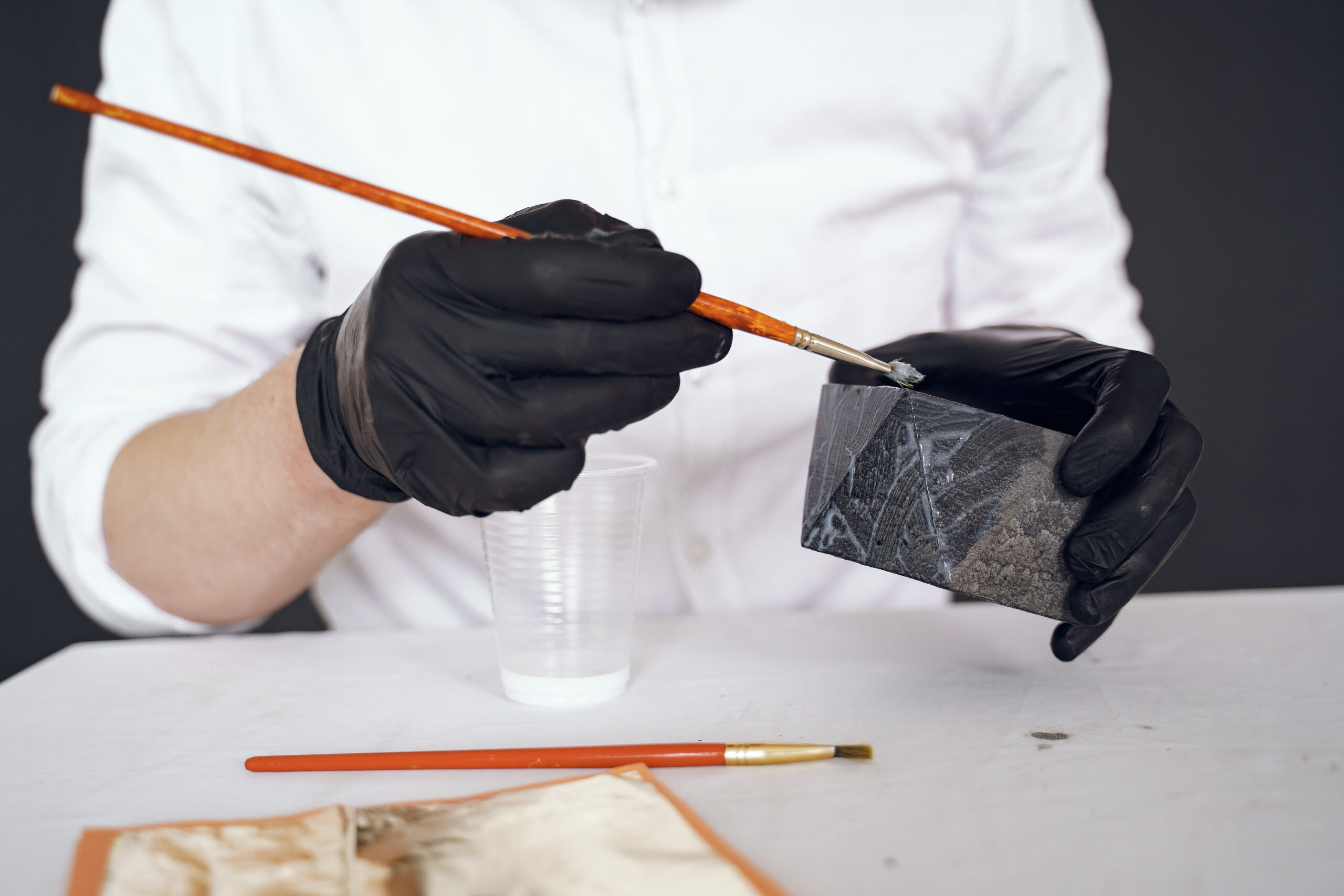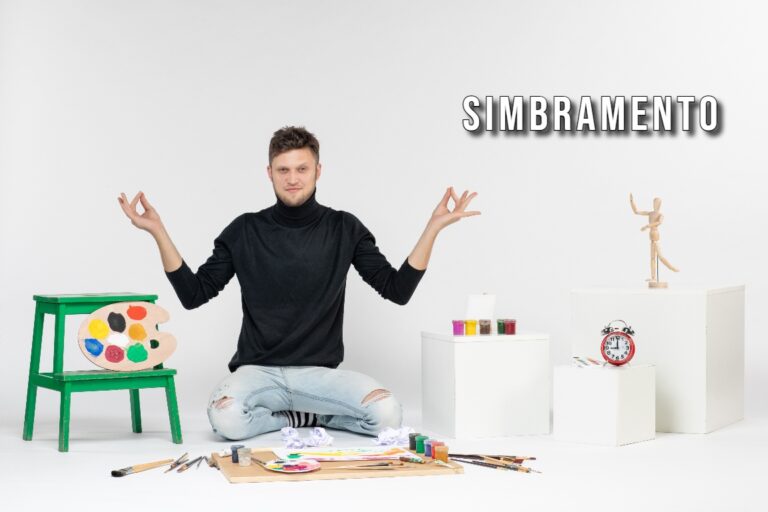
Gessolini
In the evolving world of art and design, few terms capture the fusion of old-world craftsmanship and modern creativity quite like Gessolini. While not a universally recognized term, Gessolini has surfaced across multiple contexts—ranging from an Italian art technique inspired by gesso, to a design concept, a fictional creative brand name, and even a laminate color tone known as “Gesso Lini.”
What ties all these meanings together is a common thread: the spirit of transformation, texture, and timeless design. Whether you’re an artist, designer, or simply someone who appreciates the blend of tradition and innovation, Gessolini offers a fascinating lens through which to explore the evolution of modern creativity.
The Origins of Gessolini: A Nod to “Gesso” and Italian Craftsmanship
To understand Gessolini, it’s helpful to start with gesso, the material and technique that inspired part of its name. Gesso—derived from the Italian word for “chalk” or “plaster”—has been a staple of fine art preparation since the Renaissance. Artists like Leonardo da Vinci and Michelangelo used gesso as a primer, creating a smooth yet absorbent surface for painting.
This humble mixture of chalk, gypsum, and a binding agent became the invisible foundation for countless masterpieces. Over time, gesso itself evolved—from the traditional rabbit-skin glue formulations to modern acrylic versions that artists use today.
The suffix “-lini” in Gessolini evokes an Italian sensibility, suggesting refinement, artistry, and attention to detail. Combined, Gessolini becomes a kind of conceptual tribute—one that celebrates Italy’s artistic heritage while embracing modern materials, technologies, and design methods.
Gessolini as a Creative Concept
Beyond its linguistic roots, Gessolini has come to represent a creative philosophy—one that emphasizes the balance between structure and expression.
In the world of design, Gessolini can be seen as a metaphor for transformation. Just as gesso prepares a surface for the final artwork, Gessolini represents the foundation of creative exploration. It’s the space between idea and realization—the “blank canvas” that allows innovation to thrive.
Some modern designers even use “Gessolini” as a conceptual framework when working on hybrid art forms—combining traditional mediums like plaster, paint, and fabric with digital techniques such as 3D modeling, CNC carving, or augmented reality design.
In this sense, Gessolini isn’t just a term—it’s an approach. It embodies the belief that art doesn’t have to choose between past and future. Instead, it can honor both.
Gessolini in Material Design and Architecture
In another fascinating interpretation, Gessolini (sometimes stylized as “Gesso Lini”) refers to a color or texture used in modern surface design, particularly in laminates, interior finishes, and architectural applications.
This variant—Gesso Lini—combines the matte, chalky softness of gesso with linear or linen-like patterns. The result is a minimal yet tactile surface, often used in modern interiors to evoke subtle luxury. It fits beautifully within Scandinavian, minimalist, and contemporary Italian design aesthetics.
Designers appreciate Gessolini finishes for their versatility: they bridge the gap between industrial precision and handcrafted warmth. Whether used on cabinets, walls, or furniture, the texture adds depth without overwhelming the space.
In this way, Gessolini becomes more than a color or texture—it becomes a design language that communicates refinement through simplicity.
Gessolini as a Symbol in Art and Literature
Interestingly, Gessolini has also appeared as a fictional or symbolic term in creative writing and conceptual art projects. Some authors and artists use the word as a metaphor for transformation—the act of layering, priming, and reinventing ideas.
Just as an artist layers gesso before painting, a writer or creator layers meaning before expression. This makes Gessolini a powerful symbol of preparation, potential, and rebirth.
In one artistic interpretation, Gessolini represents the “invisible stage of creativity”—the quiet process before inspiration strikes, when ideas are taking form but not yet visible. This resonates deeply with anyone who’s ever created something meaningful: the moment when vision and material are about to meet.
Gessolini in the Age of Digital Art and Hybrid Design
As digital technologies continue to reshape the creative landscape, the philosophy of Gessolini feels more relevant than ever. Artists and designers are constantly navigating between tangible and virtual worlds—3D printing, digital sculpting, and AI-assisted design now coexist with traditional handcrafting techniques.
Gessolini, as a hybrid concept, perfectly reflects this intersection of digital precision and human touch. It stands for adaptability: the ability to translate old materials and methods into new contexts without losing their soul.
For instance, some contemporary studios use Gessolini-inspired digital textures in 3D rendering software to recreate the authentic look of hand-applied gesso surfaces. Others explore modular art installations that mimic the layering process of gesso through projection mapping and material simulation.
In this way, Gessolini becomes not just a word, but a movement—an invitation to innovate while staying grounded in craftsmanship.
Gessolini and the Future of Creative Tools
In certain contexts, Gessolini has also been described as a tool or framework for creative professionals—possibly an evolving digital platform or conceptual toolkit designed to help artists blend analog and digital workflows.
Imagine a design environment where you can virtually “prime” your creative canvas, mix materials digitally, and simulate how textures will behave in real life. That’s the type of innovation that Gessolini, as a concept, embodies.
It’s about giving creators the freedom to experiment while retaining the tactile, emotional connection that defines true artistry. Whether that happens through software, materials, or design systems, the Gessolini philosophy stays the same: creativity thrives where tradition meets technology.
Why Gessolini Matters
You might wonder—if Gessolini isn’t a globally recognized brand or single product, why does it matter?
Because Gessolini represents a cultural mindset that’s increasingly vital today. It stands for:
-
Blending of eras – uniting classic art foundations with contemporary methods.
-
Material awareness – celebrating texture, tactility, and form in a digital age.
-
Creative readiness – understanding that every masterpiece begins with preparation.
-
Sustainability and adaptability – emphasizing reusability, flexibility, and thoughtful design.
In an era where fast production often overshadows thoughtful creation, Gessolini reminds us that the process is as beautiful as the result.
Conclusion: The Spirit of Gessolini
Ultimately, Gessolini is less about definition and more about interpretation. It’s a bridge—between old and new, between hand and machine, between imagination and realization.
Whether you see it as a technique, a texture, a philosophy, or a metaphor, Gessolini invites us to rethink how we create. It challenges us to build on tradition, to embrace innovation, and to see the blank canvas not as an obstacle, but as an opportunity.
In the end, Gessolini is every artist’s quiet promise: that creativity, when grounded in craftsmanship, can always reinvent itself.






